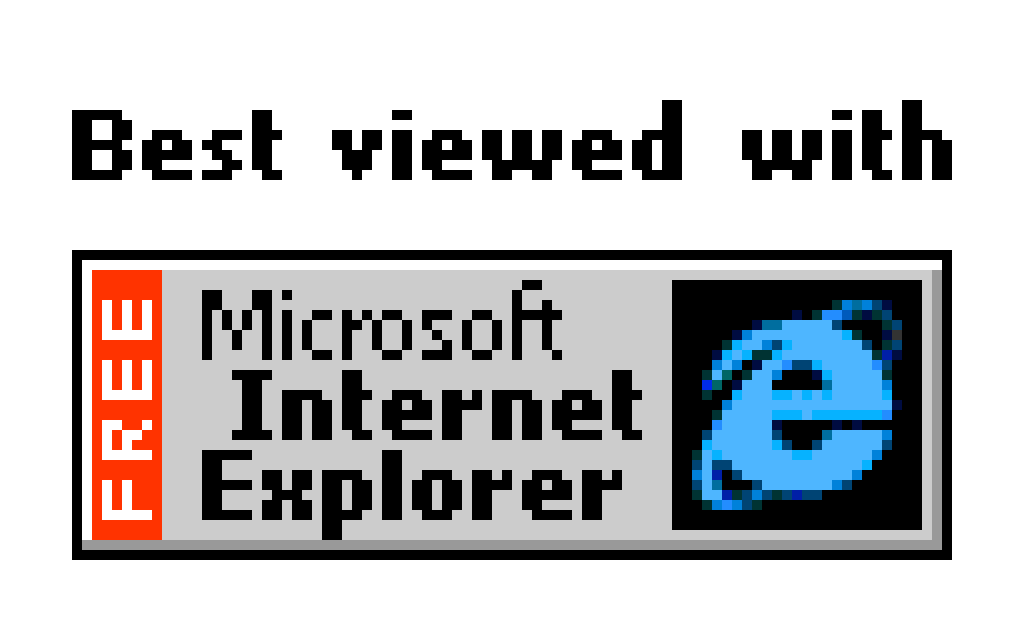Why do standards matter?
A brief history of the Web
He submits a proposal to his boss, Mike Sendall, for what became the World Wide Web.
He writes the first browser, WorldWideWeb. It ran on NeXT, a high-end computer with an early GUI.
WorldWideWeb was ahead of its time, with editing and stylesheets but never caught on. Tim released its core as a C library, libwww, which led to a proliferation of browsers.
The first website
Nicola Pellow, an intern at CERN, develops the Line Mode Browser, based on libwww. It became far more popular due to its portability.
- The web’s first browser featured full color, read/write capabilities, and multiple windows. The second browser was a text-only command line tool. Guess which one people actually used?
- Its simplicity actually gave it an edge. The Line Mode Browser was easy to use (once you got it setup) and more importantly, easy to modify (hack) so that it could be bent to any purpose.
- Read more:
CERN releases the Web in the public domain. Possibly the single most impactful decision that allowed the Web to flourish.
Tim founds World Wide Web Consortium (W3C), a global organization to standardize Web technologies fast, and ensure the Web stays open and free for all.
NCSA releases the Mosaic browser, by Marc Andreessen and Eric Bina. Invents <img>, which makes it rise to dominance and popularize the Web beyond academia.
Andreessen graduates, rewrites Mosaic, and starts a company. Netscape Navigator is born. Codenamed “Mozilla” during development.
Its innovations made it rise to dominance. More and more people get on the Web because of Netscape.
Netscape innovations
- Javascript
- Progressive rendering
- Frames
- Cookies
Internet browsing began to be seen as a profitable market. Microsoft licenses Mosaic, releases it as Internet Explorer 1.
Internet Explorer innovations
- DOM
- <iframe>
- Ajax (HTTP requests via JS, w/o page reload)
- Web fonts
- First functional CSS implementation in IE3
Read more:
The Browser Wars begin. Browsers “innovate” overnight, release incompatible features with little thought, without bringing them to W3C for standardization. Web developers suffer.
DOM Querying in the 90s
if (document.getElementById) { // W3C
return document.getElementById(id);
}
else if (document.all) { // IE
return document.all[id];
}
else { // Netscape
return document.layers[id];
}
The Battle of Styling: CSS vs JSSS
W3C, Microsoft: CSS
<style type="text/css">
h1 { color: red; }
p { font-size: 20pt; }
h3 {
color: green;
}
h2 {
color: red;
font-size: 16pt;
margin-top: 4cm;
}
</style>
Netscape: JSSS
<style type="text/javascript">tags.H1.color = "red"; tags.p.fontSize = "20pt"; with (tags.H3) { color = "green"; } with (tags.H2) { color = "red"; fontSize = "16pt"; marginTop = "4cm"; }</style>
The Battle of Styling: Outcome
- CSS became a W3C standard, implemented by IE
- JSSS was only ever implemented in Netscape 4 and removed in 4.8
- Netscape 4 rushed to implement CSS via a CSS-to-JSSS converter, so its implementation was notoriously buggy and slow, which contributed to Netscape's demise

